Those Dashing McDonagh Sisters: Australia’s first female filmmaking team
NewSouth, $39.99 pb, 334 pp
Isabel, Phyllis, and Paulette
'Bliss it was in that dawn to be alive, / But to be young was very heaven.’ William Wordsworth was writing about the French Revolution, but the sentiment could have applied to the three McDonagh sisters in 1920s Sydney. Isabel (born in 1899), Phyllis (1900), and Paulette (1901) were the beneficiaries of two intertwined revolutions – modernism and feminism – that encouraged them to develop skills outside the domestic sphere and to become experts in their field. Daringly, they chose filmmaking, the great obsession of the period; and they were very good at it.
Novelist, memoirist, and journalist Mandy Sayer captures the heady feeling of Jazz Age Sydney in her title, Those Dashing McDonagh Sisters, and in the book itself. Indeed, the three young women offer a perfect case study to illustrate the Sydney described by Jill Julius Matthews in her brilliant account of the period in Dance Hall and Picture Palace: Sydney’s romance with modernity (2005). They were the eldest of seven children born to Dr John McDonagh and Anita, daughter of an immigrant from Chile. McDonagh was a gregarious figure with many interests and a wide range of connections. His role as physician to the J.C. Williamson company brought his daughters in close contact with theatrical people. The family was well-off, living in Macquarie Street and Hyde Park, and finally in the large and beautiful Drummoyne House.
Both parents died suddenly in the early 1920s. Like the orphaned Virginia and Vanessa Stephen a few years earlier, Isabel, Phyllis, and Paulette were free to do what they liked, especially after a Chilean relative left them £8,000. They decided to make films.
The sisters had grown up with cinema. They were keen film-goers who watched their favourites closely to see how the best effects were achieved. Australians had been quick to experiment with the new entertainment. Charles Tait’s The Story of the Kelly Gang (1906) was the world’s first full-length feature. Over the next decade, a vigorous film industry developed, focusing mainly on bushrangers and ‘hayseed’ characters. But Hollywood was becoming the centre of world filmmaking, and Australia’s leading stars and technicians were increasingly drawn there.
Continue reading for only $10 per month. Subscribe and gain full access to Australian Book Review. Already a subscriber? Sign in. If you need assistance, feel free to contact us.



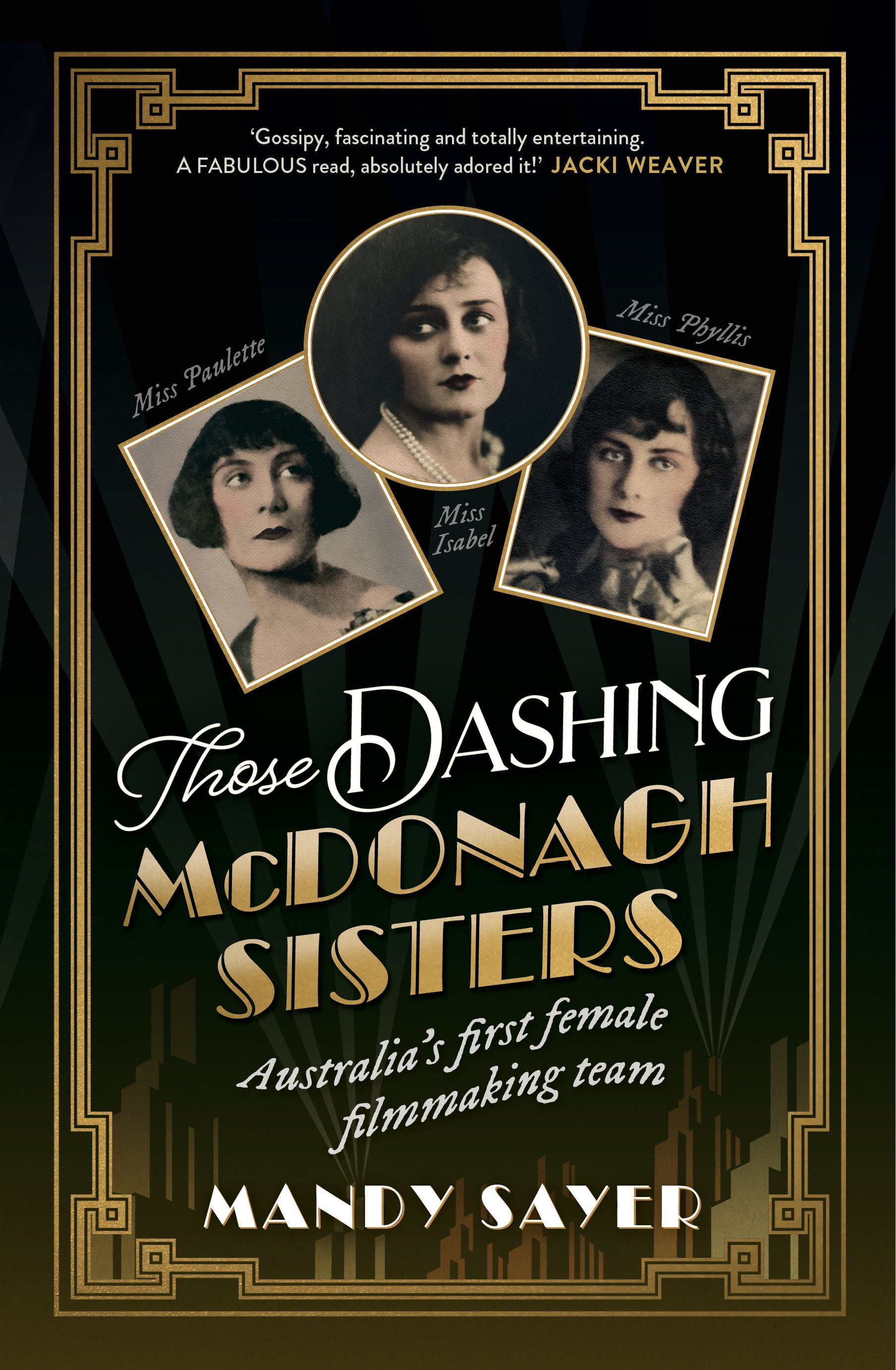
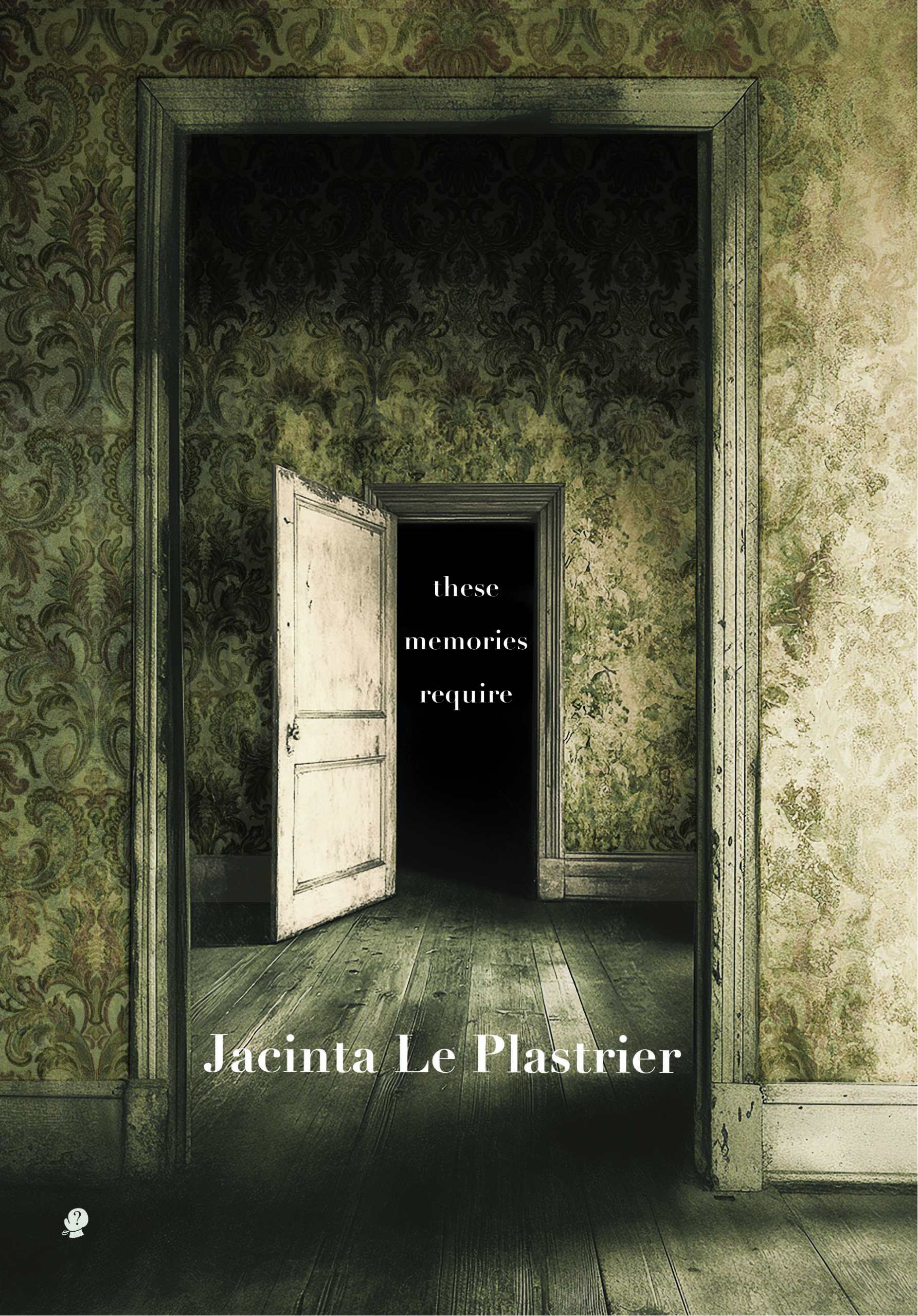
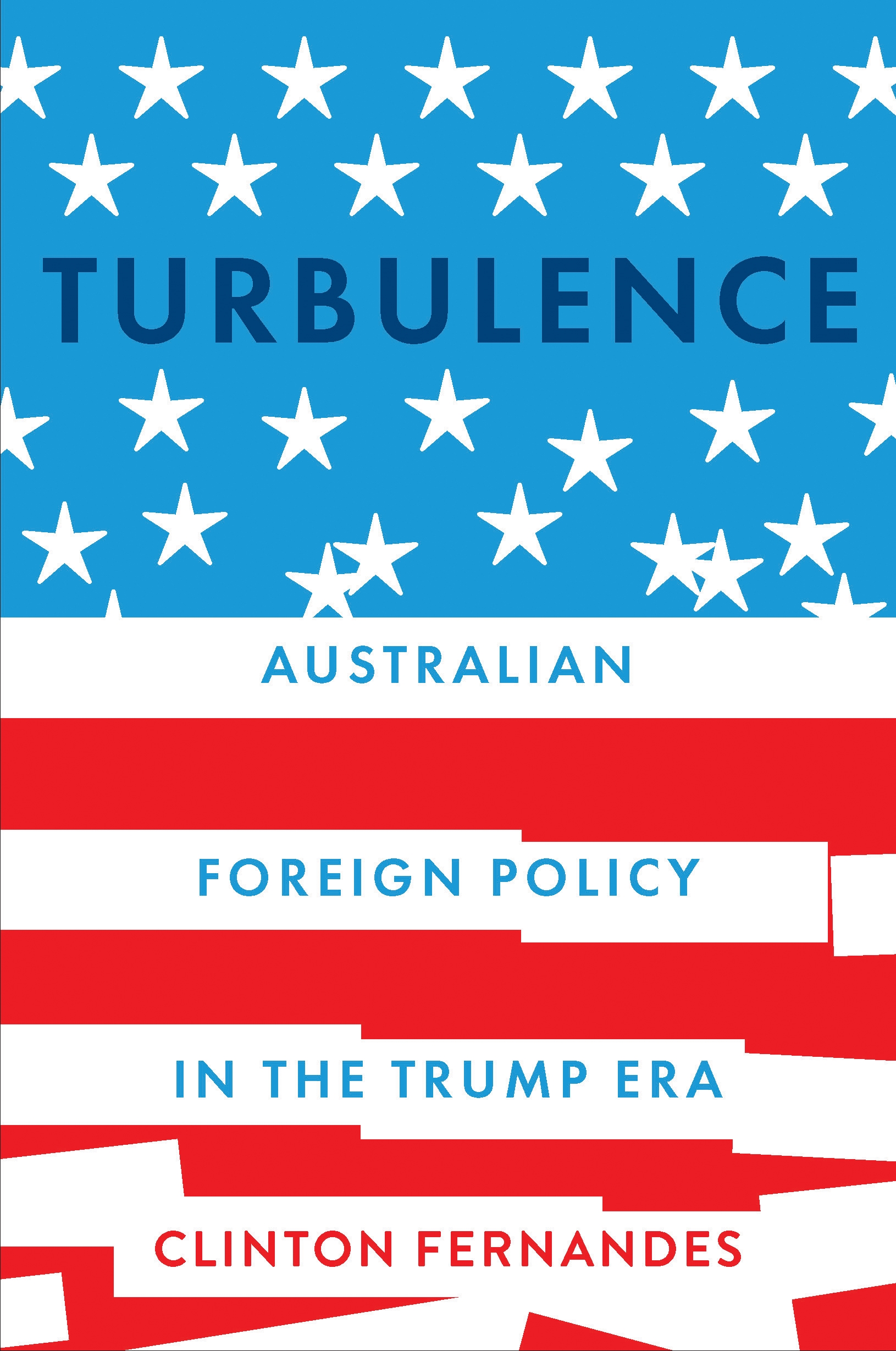
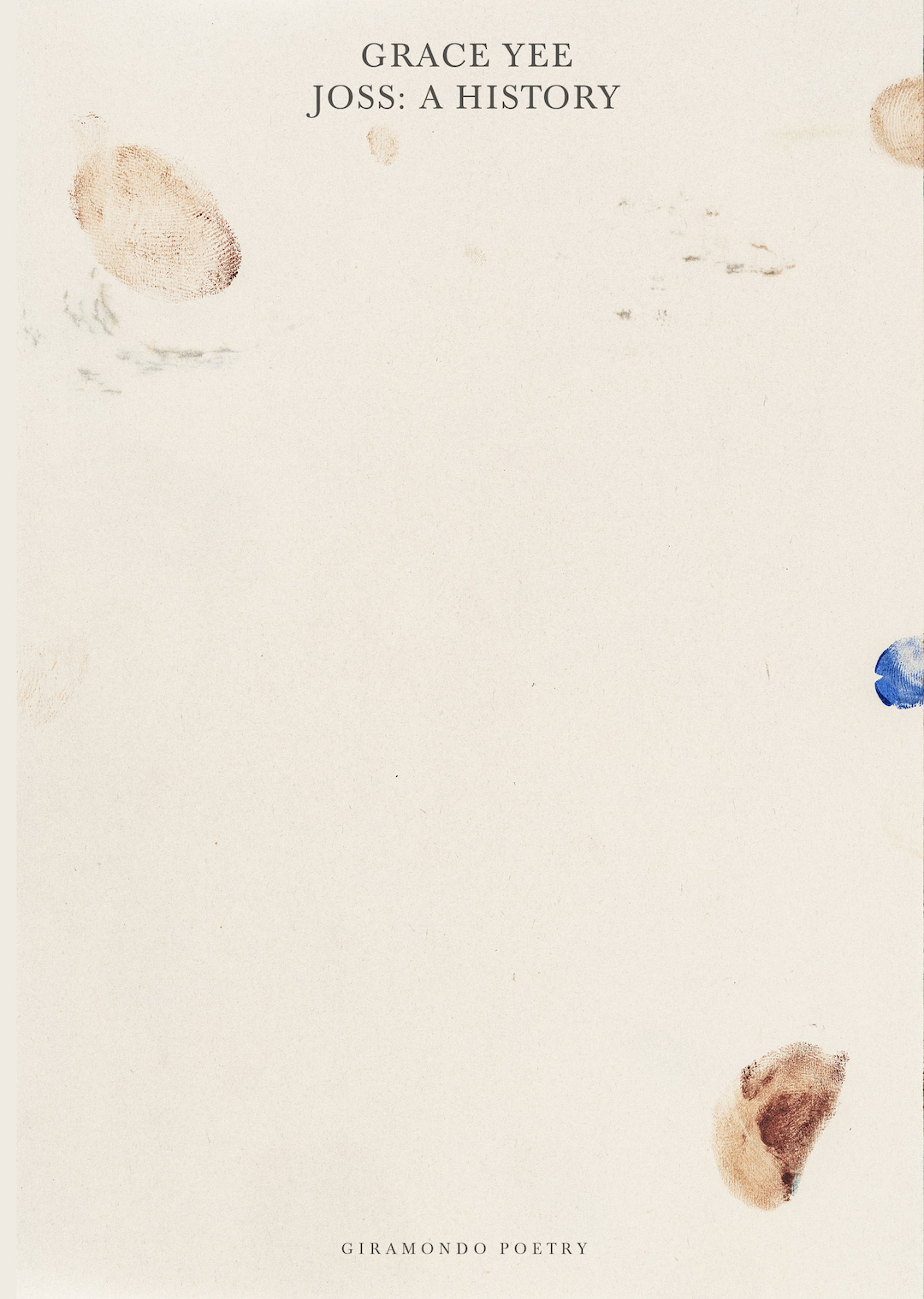
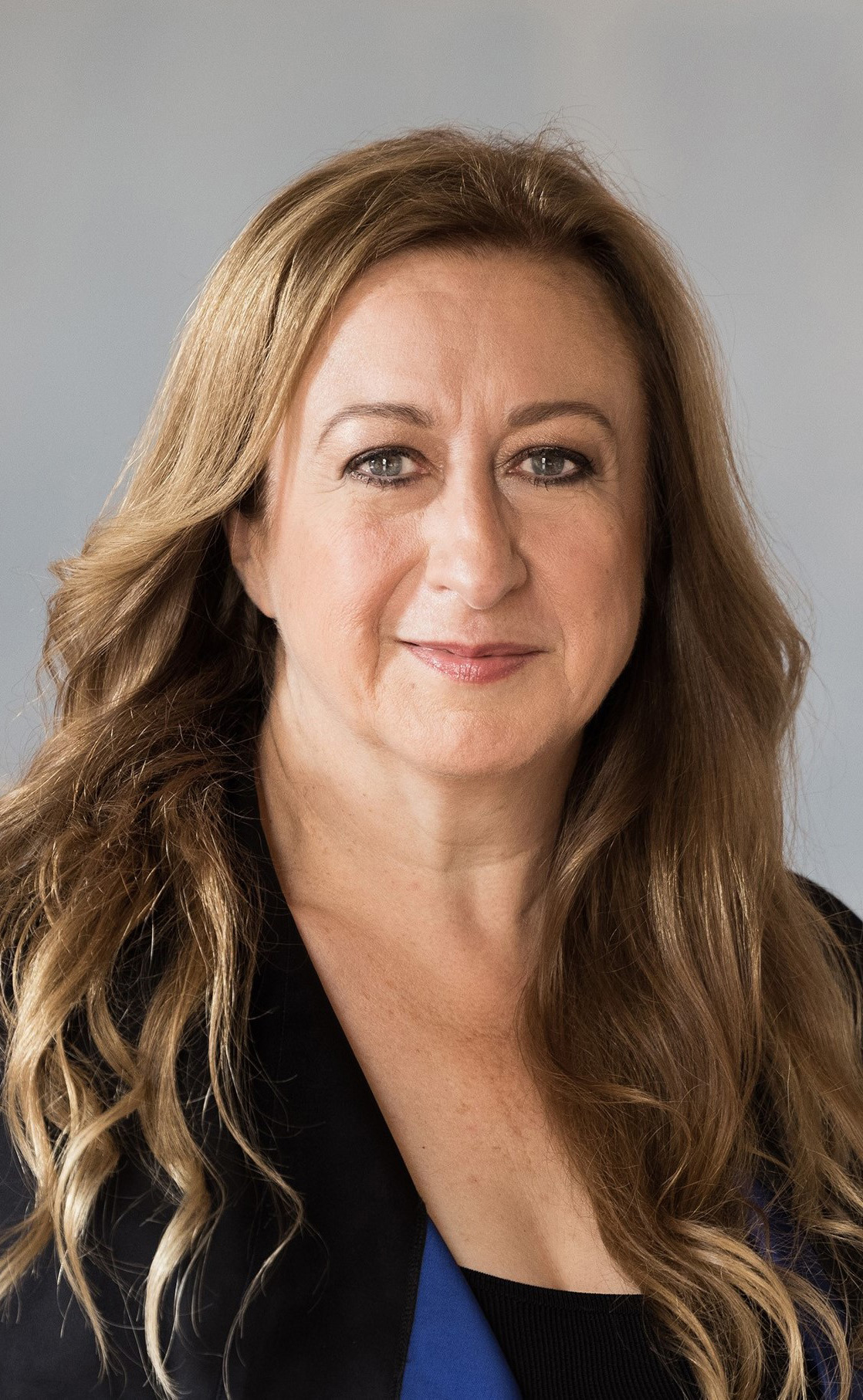

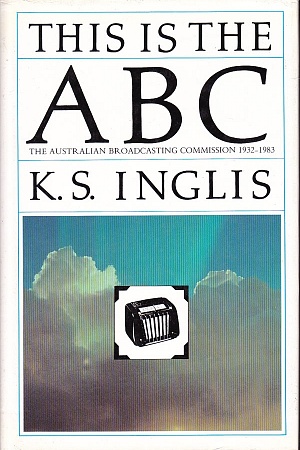
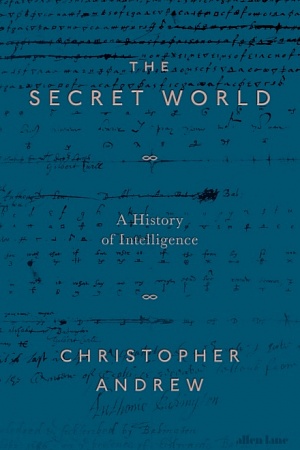
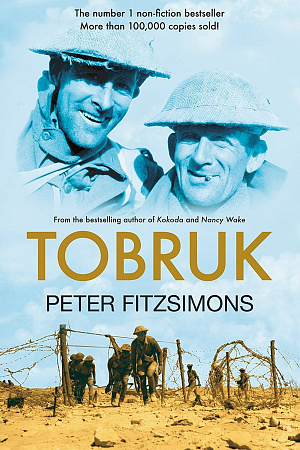
Leave a comment
If you are an ABR subscriber, you will need to sign in to post a comment.
If you have forgotten your sign in details, or if you receive an error message when trying to submit your comment, please email your comment (and the name of the article to which it relates) to ABR Comments. We will review your comment and, subject to approval, we will post it under your name.
Please note that all comments must be approved by ABR and comply with our Terms & Conditions.